After spending the last couple of days talking about unique amphibians I wanted to mix up the Wild Facts today. My first instinct was to write about a cool insect but thought my readers may not appreciate that today. I made a compromise and decided to write up a Wild Fact on the Green Bee-Eater also known as the Little Green Bee-Eater. To witness this little green bird we need to make a travel decision. Do you prefer to go to Africa, Western Arabia or Asia? Personally, I have gone to Africa quite a bit with these Wild Facts so I think I will head out to India today, who is with me?
The Green Bee-Eater is a small bird often found in open forests and grasslands on either continent they reside on. They will usually only grow to about 18 cm (7″) in length but have a wingspan of 30 cm (1 foot). As you may have guessed they primarily feed on bees. In fact about 80% of their diet is comprised of honeybees. The rest of their diet consists of other bees or various flying insects. I personally think it would be better if they didn’t eat bees and they were just named that to throw us off. You know, call it the Green Bee-Eater but this little bird actually eats lions, zebras or some other ridiculous animal. I know, it is late and I am getting silly!

All right, moving on. The Little Green Bee-Eater and I have something in common. We are both slow starters in the morning. Yup, this little bird can often be viewed huddling up with other bee-eaters long after sunrise. Something this bee-eater and I don’t have in common is the fact that they like to bathe quite frequently. They are known to sand bathe, which sounds odd to me but I am not a bird so who knows. As well, they will mix up their sand baths with a more traditional water bath but do so during flight. Flying and bathing, now that is a talent! Oh and for the record, I was just kidding about me not bathing. Believe it or not, I try to bathe or shower at least once a month.
Green Bee-Eater Fast Fact – The Green Bee-Eaters nest in tunnels through the sandy banks. The female will lay 5 eggs which both parents will help incubate. Once the babies are born both parents as well as other bee-eaters will help raise the little fledglings.
Thanks for checking out today’s Wild Fact! See you tomorrow with the final fact of the week.

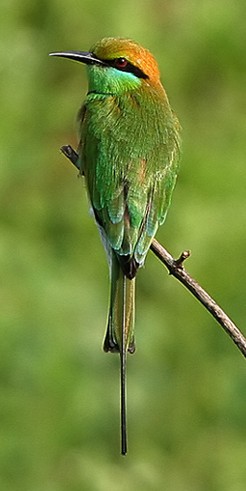
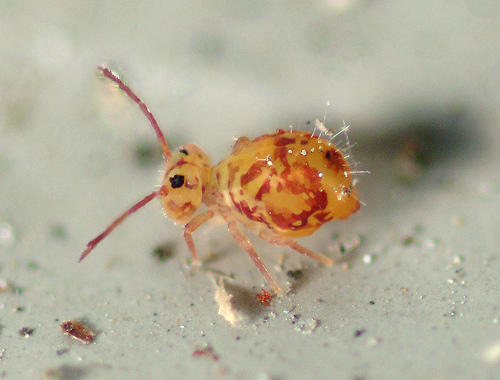
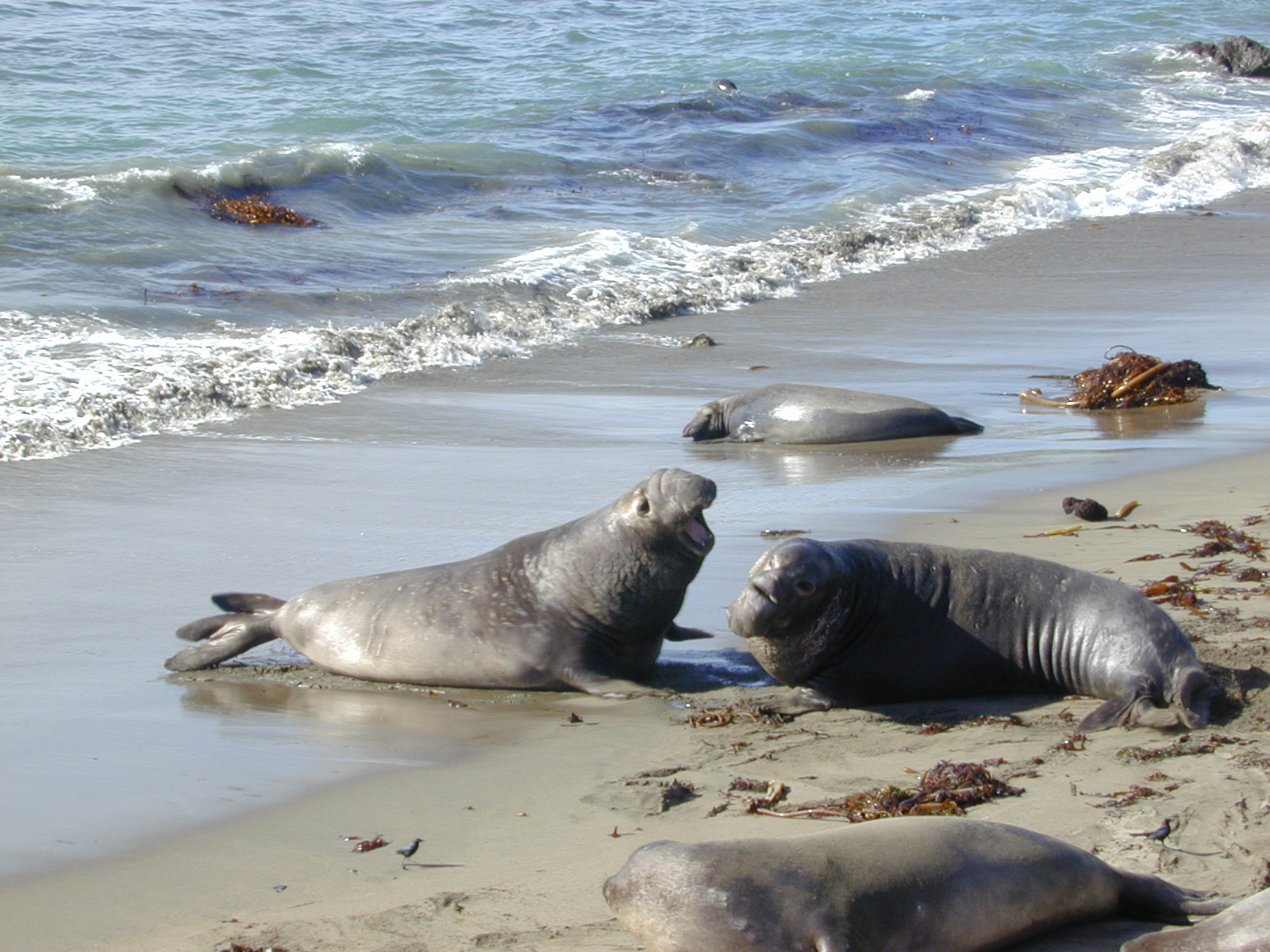
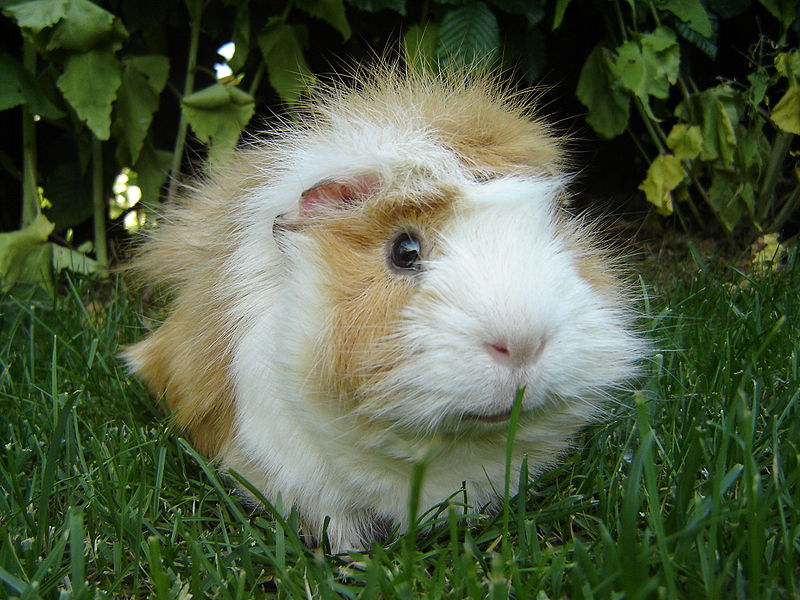
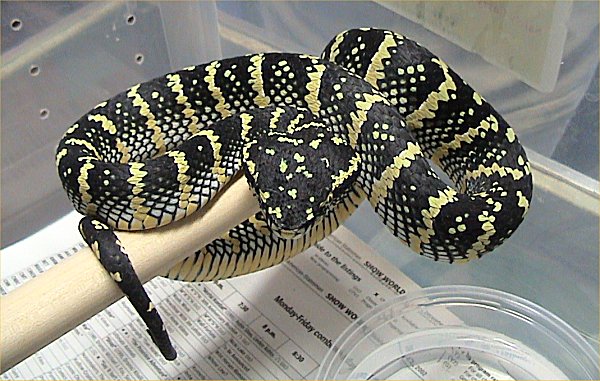
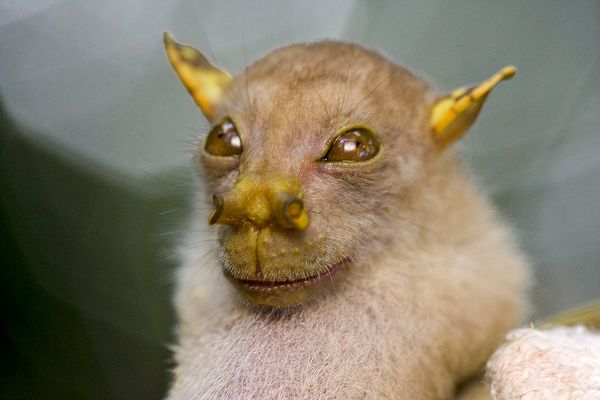
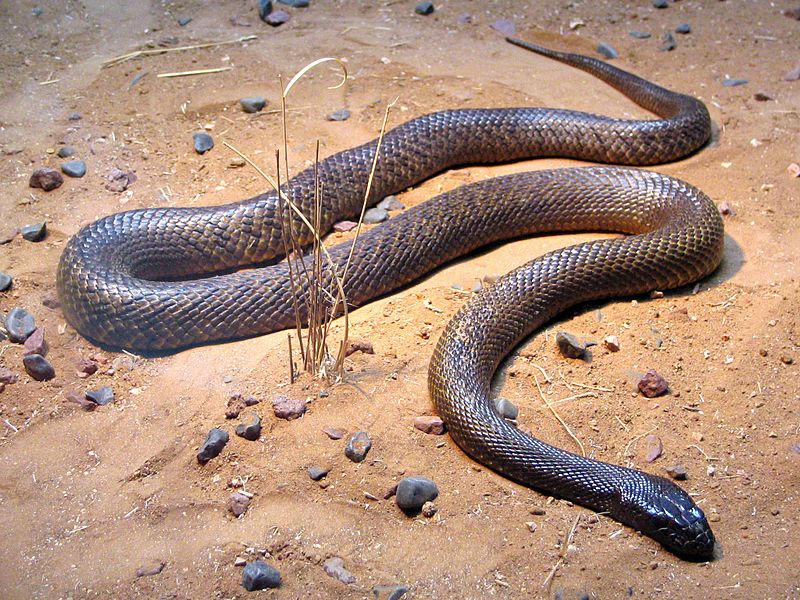
Read one about the EUROPEAN BEE EATERS it seam the male courts the female with food offerings and all bee eaters have a cleaver way to remove the stingers and venom by first wacking the insect against a branch then rubbing it to expell the venom